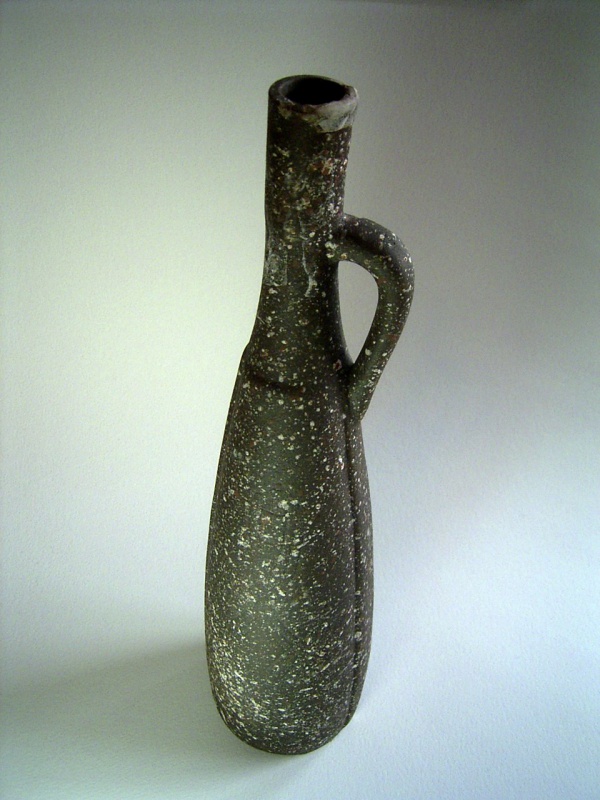Facts About Kazakh wine
Kazakh wine boasts a rich history dating back to the 7th century AD, when grapevines were introduced to the region from neighboring Uzbekistan and China. Despite only 4% of Kazakhstan's land being suitable for grape cultivation, the country still manages to produce over 6.2 million gallons of wine annually from its 32,120 acres of vineyards. Interestingly, Kazakhstan is rich in minerals and imports 80% of the 30 million bottles of wine it consumes each year.
The origins of viticulture in Kazakhstan can be traced back to areas around Shymkent and the Tian Shan mountains, near the Kazakh-Kyrgyzstan border. By the early 20th century, state-run vineyards in cities like Almaty, Shymkent, and Taraz became the major producers of Kazakh wine. Following the dissolution of the Soviet Union, the Kazakh wine industry experienced a revival, with Russia emerging as a key trading partner. While the country primarily focuses on producing affordable table wines, there is also potential for high-value ice wines due to Kazakhstan's continental climate.
Most of Kazakhstan's vineyards are located in the southern regions, close to China, Uzbekistan, and Kyrgyzstan, with a few smaller vineyards near the Caspian Sea. The climate in these areas is continental and can vary significantly in terms of annual rainfall. The country cultivates over 40 different grape varieties, including popular ones like Aligote, Cabernet Sauvignon, Riesling, Saperavi, and Muscat Ottonel. While traditional sweet red wines remain a favorite, there is a growing interest in international varieties such as Sauvignon Blanc.
One of the standout wineries in Kazakhstan is the Issyk Winery, located just east of Almaty, which produces about 80% of the country’s wines. This winery has undergone significant modernization thanks to international expertise. Other notable wineries include Bakhus and the Turgen Winery. The Zailiyskiy region in the Almaty Oblast is another key area, home to 210 hectares of vineyards. Unfortunately, some former vineyards in the Sarkand and Alakol regions were adversely affected by the breakup of the Soviet Union.

 Russia
Russia